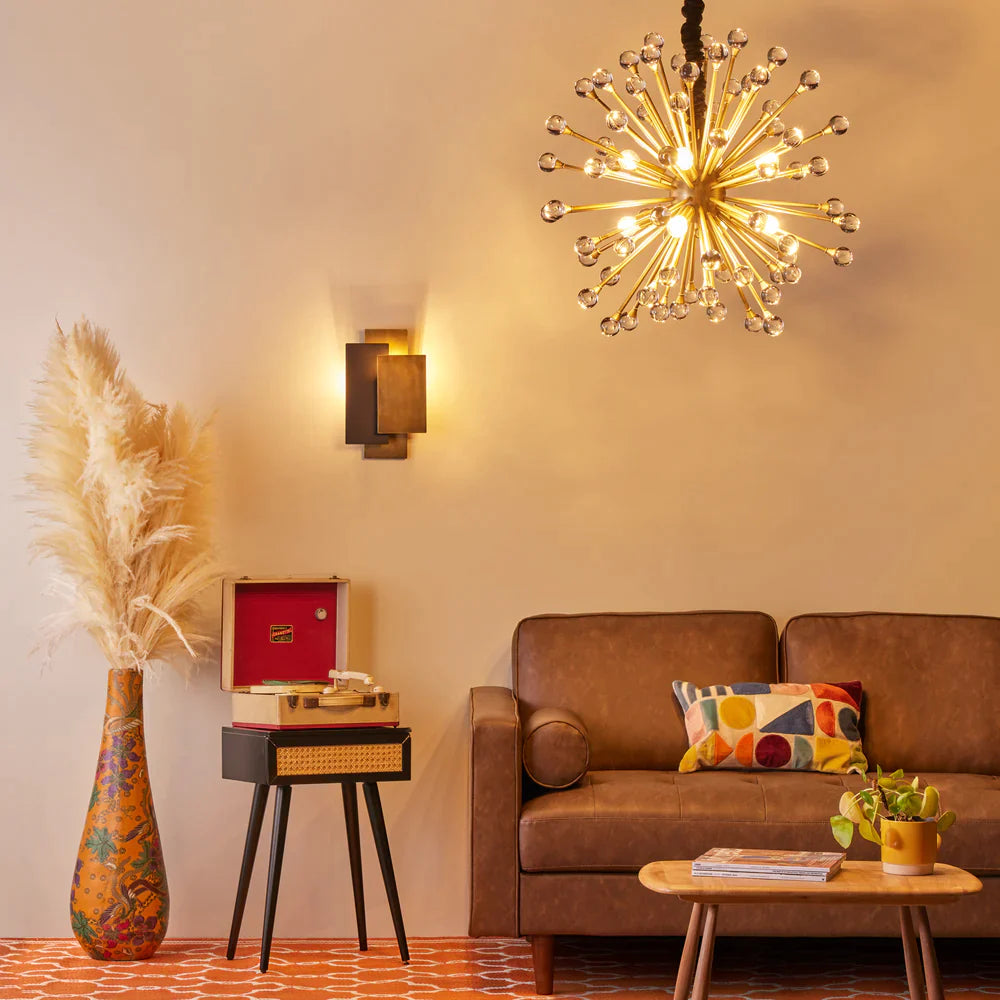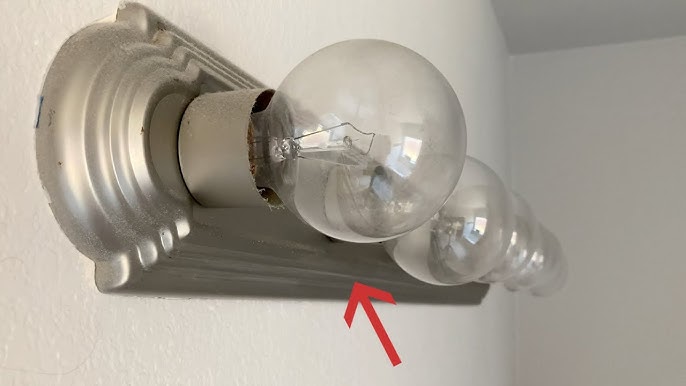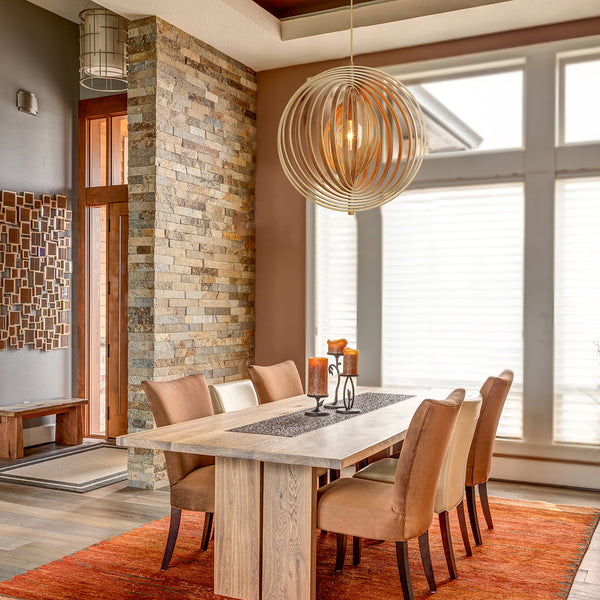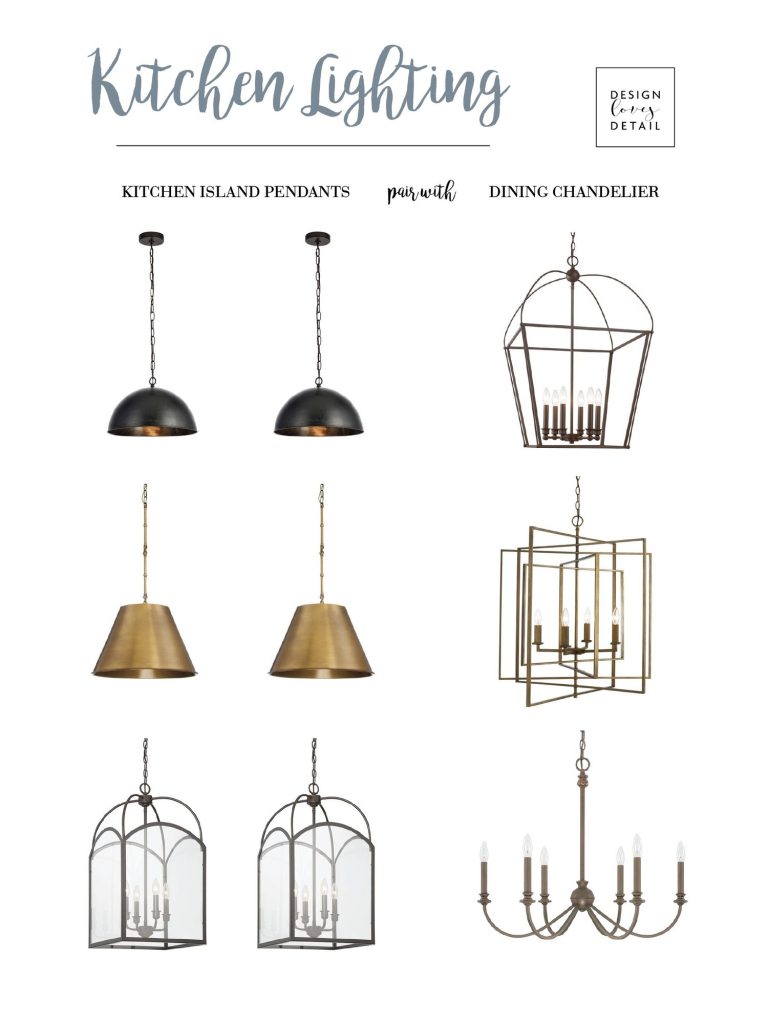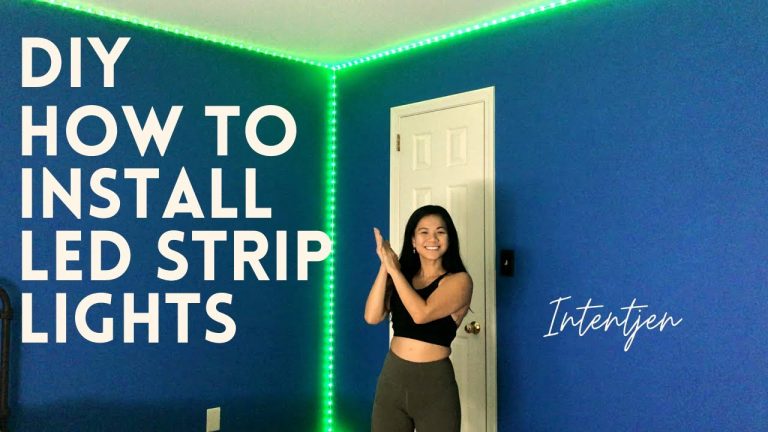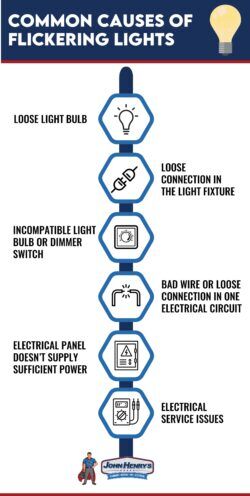How to Layer Lighting in a Room? Expert Tips Revealed
How to layer lighting in a room? Layer lighting by combining ambient, task, and accent lighting. Start with ceiling fixtures for general light, add table or floor lamps for focused tasks, and use wall sconces or LED strips to highlight features. This creates depth, balance, and flexibility in the room’s lighting design.
It’s not too bright, not too dim. The secret? Perfectly layered lighting. If you’ve ever walked into a space and felt a warm, inviting vibe, there’s a good chance that the lighting was carefully planned and layered. You might wonder, “How can I achieve this in my own home?
” Well, you’re in the right place. Layering lighting in a room is an art that combines style, functionality, and a touch of magic. It transforms your space into a cozy retreat, a productive workspace, or a lively entertainment area. But how do you get started? The key is understanding the different types of lighting and how they work together to create a balanced atmosphere. By mastering this skill, you can turn any room into a haven that reflects your personality and meets your needs. Ready to unlock the secrets of layered lighting and transform your space? Keep reading to discover the simple steps you can take to elevate your home’s ambiance with light.
How to Layer Lighting in a Room?
Importance Of Layered Lighting
Layered lighting enhances a room’s atmosphere and functionality. It involves using different light sources to create depth and dimension. This approach transforms any space, making it more inviting and versatile. People often overlook lighting design, focusing more on furniture and decor. Yet, without proper lighting, a room can feel flat or unwelcoming. Layered lighting provides balance, highlighting both style and practicality.
Why Layered Lighting Matters
Layered lighting ensures a room serves multiple purposes. It helps you read, relax, or entertain guests. A well-lit room adapts to every need, enhancing daily life. Without layers, lighting may not meet all requirements. Rooms become more flexible with well-planned lighting.
Creating Ambiance With Layers
Lighting layers help set the mood. Soft lights create a calm atmosphere. Bright lights energize the space. Adjusting light levels allows you to suit any occasion. Layered lighting offers endless possibilities for ambiance.
Highlighting Key Features
Layered lighting draws attention to room features. Spotlights can highlight artwork or architectural elements. Accent lights focus on specific areas, adding interest. This technique helps showcase your room’s best aspects.
Improving Functionality
Practical tasks need proper lighting. Layered lighting ensures you have enough light where needed. Task lighting aids in cooking, reading, or working. It ensures every activity is well-lit and comfortable.
Enhancing Aesthetic Appeal
Lighting layers add style to a room. Various light sources create visual interest. Mixing different fixtures and bulbs enhances the design. It elevates the room’s overall aesthetic appeal.
:max_bytes(150000):strip_icc()/Philips-Hue-iConnectHue-app-upda1-2c2f306f07884761b099c91d13563c2f.jpg)
Credit: www.marthastewart.com
Ambient Lighting Basics
Creating a cozy atmosphere in a room starts with ambient lighting. It sets the mood and illuminates the space evenly. Ambient lighting is the foundation of any lighting plan. It provides general illumination and reduces harsh shadows.
Understanding ambient lighting helps in choosing the right fixtures. You can achieve a balanced glow that complements your room’s design. Here are some essential aspects of ambient lighting.
What Is Ambient Lighting?
Ambient lighting is the main source of light in a room. It fills the space with a consistent and soft glow. This type of lighting is essential for everyday activities. It helps you see clearly without straining your eyes.
Types Of Ambient Lighting Fixtures
Ceiling lights are popular choices for ambient lighting. They distribute light evenly across the room. Chandeliers, flush mounts, and pendant lights are great options. Choose fixtures that match your room’s style.
Placement Of Ambient Lights
Place ambient lights strategically for uniform illumination. Centralized ceiling fixtures work well in most rooms. Consider the room’s size and shape for optimal placement. Ensure the light reaches all corners.
Choosing The Right Bulbs
Bulbs play a crucial role in ambient lighting. LED bulbs are energy-efficient and long-lasting. Warm white bulbs create a cozy and inviting atmosphere. Match bulb color to your room’s purpose.
Layering With Other Lighting Types
Ambient lighting is only the first layer in a room. Combine it with task and accent lighting for depth. Each type serves a unique purpose. Together, they enhance the room’s overall look.
Task Lighting Techniques
Task lighting serves a specific purpose in any room. It provides focused light for activities like reading, cooking, or working. Good task lighting enhances productivity and reduces eye strain. It is essential to layer it correctly with other lighting types. This ensures a balanced and functional space.
1. Using Desk Lamps
Desk lamps are excellent for task lighting in workspaces. They offer direct light for reading or writing. Choose adjustable lamps for flexibility. This allows you to focus light where needed most. Energy-efficient bulbs can reduce electricity costs. A simple switch on the lamp adds convenience. Consider lamps with dimming features for added control.
2. Under Cabinet Lighting
Under cabinet lighting works well in kitchens. It lights up the countertop, ideal for food preparation. LED strips are a popular choice for this purpose. They are easy to install and provide bright light. Use warm light for a cozy kitchen feel. Make sure the lights are evenly spaced. This avoids shadows on your workspace.
3. Floor Lamps for Reading Areas
Floor lamps are great for reading corners in living rooms. They add style and function to a space. Position them next to a chair or sofa. This provides ample light for reading. Look for lamps with adjustable arms. They offer versatility in directing light. Consider shade styles that diffuse light softly.
4. Recessed Lighting for Workspaces
Recessed lighting fits well in home offices. It provides a clutter-free lighting solution. Install them directly above work areas. This ensures even light distribution. Opt for LED options for energy efficiency. Use dimmable fixtures for mood adjustments. Proper placement avoids glare on screens.
5. Clip-On Lights for Flexibility
Clip-on lights offer portable task lighting solutions. They are perfect for small spaces or tight areas. Attach them to shelves or bed frames. This provides focused light where needed. They are easy to reposition as activities change. Choose models with adjustable heads. This enhances their functionality.
Accent Lighting Ideas
Create a warm ambiance by layering accent lighting in your room. Combine floor lamps, table lamps, and wall sconces. Highlight artwork or architectural features for a cozy atmosphere.
Lighting can transform a room from ordinary to extraordinary. Accent lighting, in particular, adds a touch of drama and highlights specific areas or objects. It draws attention to art, architecture, or even a cozy reading nook. By layering accent lighting, you create depth and mood, adding personality and flair to your space.
Highlighting Artwork
If you have a favorite painting or sculpture, give it the spotlight it deserves. Use adjustable picture lights or track lighting to focus attention on your art. This not only enhances the art piece but also adds a sophisticated vibe to the room.
Creating A Focal Point
Accent lighting can create a focal point in a room. Try placing a lamp on an ornate side table or highlighting a unique architectural feature. This draws the eye and sets the tone for the rest of your decor.
Adding Depth With Wall Sconces
Wall sconces are not just for hallways. When used in living rooms or bedrooms, they add layers of light and create a warm, inviting atmosphere. Choose designs that complement your existing decor to make them a seamless part of your room’s design.
Illuminating Shelving
Adding lights to shelves can transform how you display your favorite books and collectibles. Use LED strips or small spotlights to add a gentle glow. This makes your space feel curated and highlights your personal treasures.
Enhancing Mood With Candles
Candles provide a classic form of accent lighting. They create a relaxing ambiance and can be placed on mantels, tables, or even in lanterns. Mix different sizes and shapes to add visual interest.
Accent Lighting In Unexpected Places
Think outside the box. Consider lighting the underside of furniture or the insides of cabinets. These subtle touches can make your room feel both innovative and cozy. Have you ever thought about how lighting can change your perception of a space? When you experiment with accent lighting, you might just find your room’s hidden potential.
Smart Lighting Solutions
Smart lighting solutions bring convenience and efficiency to your home. They help to create a perfect ambiance in any room. By using technology, you can control the lighting with ease. This adds comfort and style to your living space. Smart lighting is not just trendy, it’s practical too. It allows for better energy management and enhances the mood of a room.
What Are Smart Bulbs?
Smart bulbs are essential in modern lighting. They connect to your home network. You can control them via apps or voice commands. Adjust brightness or change colors with a simple tap. Smart bulbs are versatile and user-friendly. They offer a wide range of lighting options for any occasion.
Smart Lighting Controls
Smart lighting controls make life easier. Use dimmers, switches, and sensors to set the perfect mood. They help you save energy by turning off lights automatically. Smart controls integrate with other devices for seamless operation. You can schedule lighting changes to suit your daily routine.
Benefits Of Smart Lighting In Layering
Smart lighting solutions offer flexibility in layering lights. Combine task, ambient, and accent lighting effortlessly. Adjust each layer to suit different activities. This enhances the functionality and aesthetics of a room. Smart lighting provides endless possibilities for creativity.
Integrating Smart Lighting With Home Automation
Integrate smart lighting with other home automation systems. This creates a cohesive and efficient living environment. Control lights, thermostats, and security systems from one platform. Integration allows for personalized and responsive home settings. It enhances comfort and convenience for every household member.

Credit: aldenmillerinteriors.com

Credit: roomfortuesday.com
Frequently Asked Questions
What Are The Three Types Of Lighting?
Ambient, task, and accent lighting. Ambient provides overall light. Task helps with specific tasks. Accent highlights features.
How Do You Layer Lighting Effectively?
Mix ambient, task, and accent lights. Use dimmers for control. Balance brightness and shadow. Create mood and depth.
Why Is Layered Lighting Important?
It enhances room functionality. Adds depth and warmth. Improves aesthetics. Makes spaces feel inviting and balanced.
Conclusion
Creating a layered lighting scheme transforms any room into a cozy haven. Start with ambient lighting for overall brightness. Add task lighting for specific activities like reading or cooking. Accent lighting highlights artwork or architectural features. Mixing types of lighting enhances the mood and functionality.
Adjust brightness levels to suit different times or occasions. Consider energy-efficient options to save on power bills. Experiment with lamp styles and placements. A well-lit room feels warm and inviting. Use these tips to design a stunning lighting layout. Your space will shine beautifully with layered lighting.
Related Article

